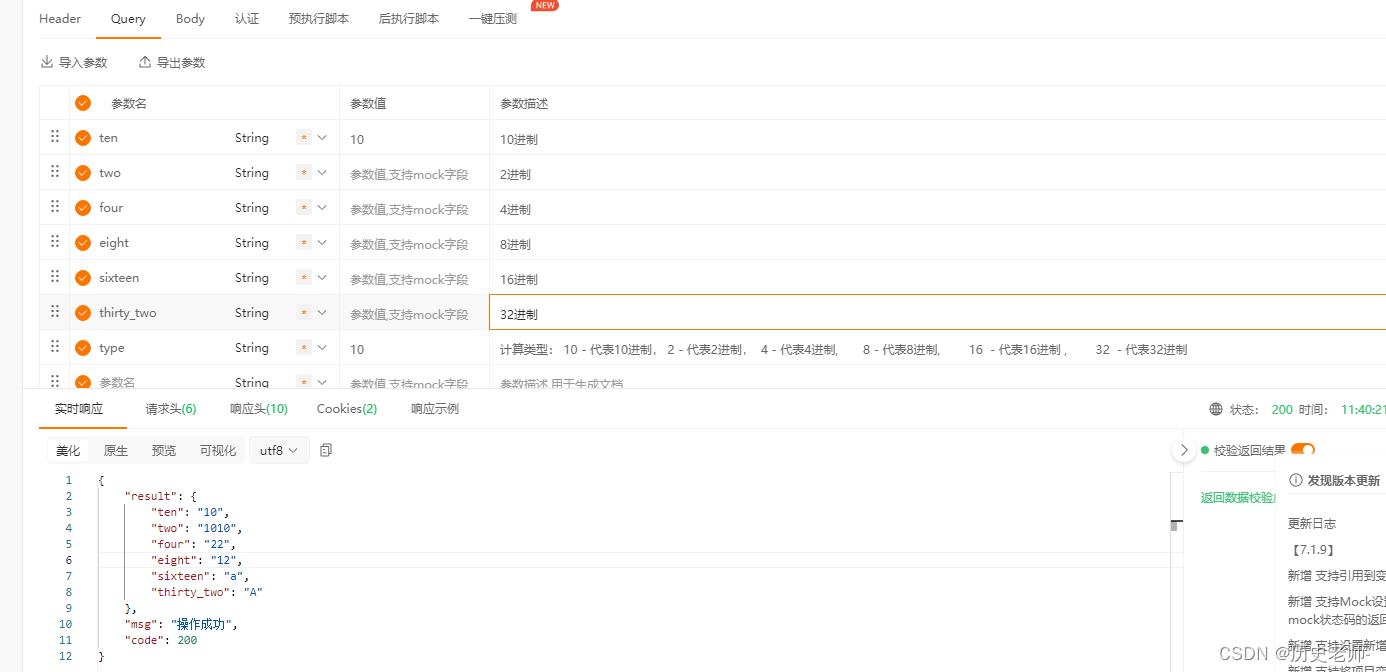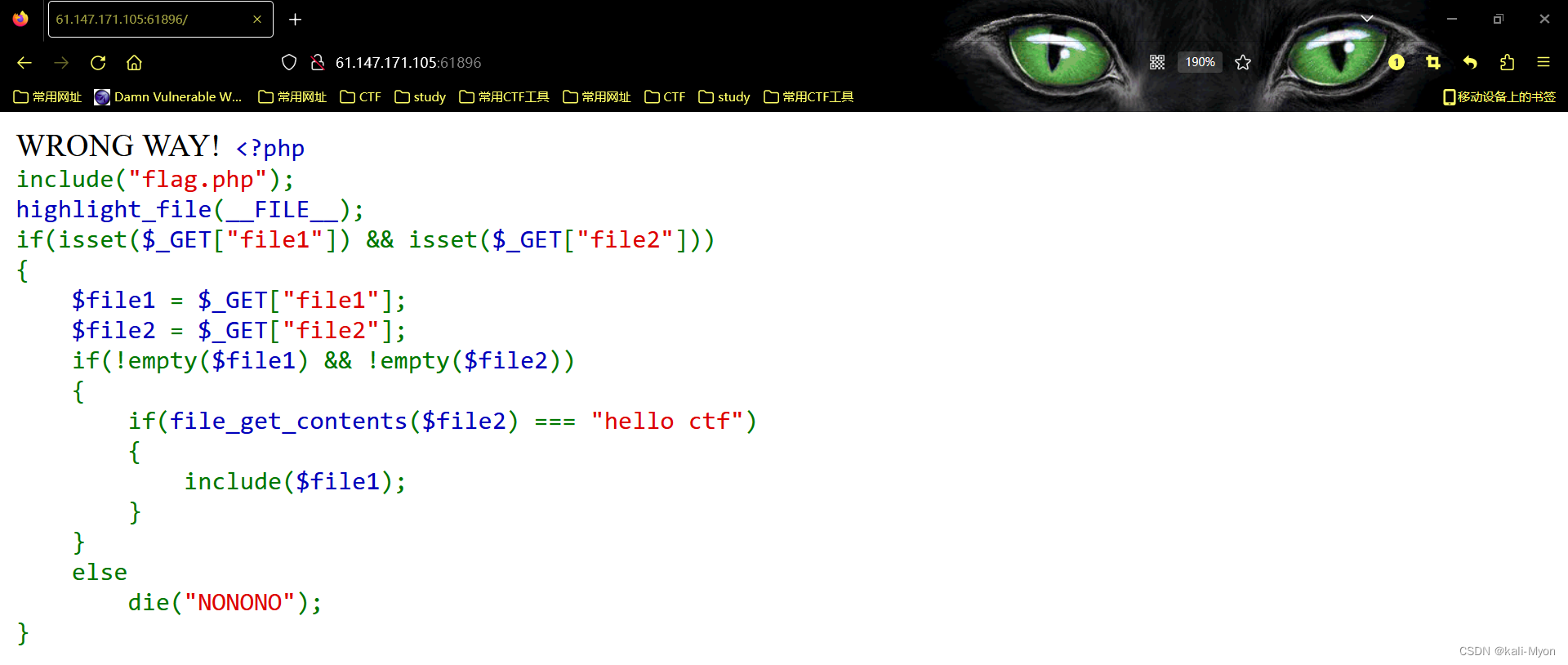vue3实战axios请求封装问题
1、在src目录下创建http文件夹,在http文件夹下分别创建index.js、request.js、api.js
2、index.js的作用:用于导出api.js定义的所有接口,代码如下
export * from './api';
登录后复制
3、request.js代码如下:
import axios from 'axios';
import buildURL from 'axios/lib/helpers/buildURL';
import { merge } from 'axios/lib/utils';
//判断指定参数是否是一个纯粹的对象,所谓"纯粹的对象",就是该对象是通过"{}"或"new Object"创建的
function isPlainObject (val) {
return val && val.constructor.name === 'Object'
}
//请求之前进行拦截,可做的操作:1、添加loading的加载;2、添加请求头;3、判断表单提交还是json提交
let requestInterceptors = [
config => {
//添加loading的加载
//添加请求头
config.headers.authorization = sessionStorage.getItem('Token');
//判断表单提交还是json提交
if (config.emulateJSON && isPlainObject(config.data)) {
config.data = buildURL('', config.data).substr(1);
}
return config;
}
]
//请求响应之后进行拦截,可做操作:1、取消loading的加载;2、对返回状态进行判断:如请求错误、请求超时、获取数据失败、暂无数据等等
let responseInterceptors = [
res => {
//取消loading加载
//对返回状态进行判断:如请求错误、请求超时、获取数据失败等等
//返回结果
return Promise.resolve(res);
},
err => {
//取消loading加载
//对返回状态进行判断:如请求错误、请求超时、获取数据失败等等
//返回结果
return Promise.reject(err);
}
]
//组装请求
let serviceCreate = config => {
let service = axios.create(merge({}, config));
service.interceptors.request.use(...requestInterceptors);
service.interceptors.response.use(...responseInterceptors);
return service
}
serviceCreate();
export { serviceCreate, merge };登录后复制
4、api.js代码如下:
import { serviceCreate, merge } from '@/http/request';
//这种方式可以采用单个项目的接口,也可以使用多个项目的接口,看自己的项目情况而定
let http0 = serviceCreate({
baseURL: '/project1/api1',
timeout: 15000,//请求超时
emulateJSON: true,//默认表单提交
})
let http1 = serviceCreate({
baseURL: '/project2/api2',
timeout: 15000,//请求超时
emulateJSON: true,//默认表单提交
})
//get请求示例
export function getData(params, config) {
return http0.get('/project/list', merge(config, { params }));
}
//delete请求示例
export function deleteData(params, config) {
return http0.delete('/project/list', merge(config,{ params }));
}
//post请求示例(表单提交)
export function postDataFrom(params, config) {
return http0.post('/project/list', params, config);
}
//post请求示例(json提交)
export function postDataJson(params, config) {
return http0.post('/project/list', params, merge(config, { emulateJSON: false }));
}
//put请求示例(表单提交)
export function putDataFrom(params, config) {
return http0.put('/project/list', params, config);
}
//put请求示例(json提交)
export function putDataJson(params, config) {
return http0.put('/project/list', params, merge(config, { emulateJSON: false }));
}登录后复制
5、页面中调用
import { getData, deleteData, postDataFrom, postDataJson, putDataFrom, putDataJson } from "@/http";
getData({ name: "我是参数" }).then(res => { console.log("返回数据", res) })
deleteData({ name: "我是参数" }).then(res => { console.log("返回数据", res) })
postDataFrom({ name: "我是参数" }).then(res => { console.log("返回数据", res) })
postDataJson({ name: "我是参数" }).then(res => { console.log("返回数据", res) })
putDataFrom({ name: "我是参数" }).then(res => { console.log("返回数据", res) })
putDataJson ({ name: "我是参数" }).then(res => { console.log("返回数据", res) })登录后复制
vue3 axios简易封装教程
首先在根目录下新建utils文件夹,并在下面新建两个文件,requests.js和html.js
requests.js用于引入axios并设置根域名以及一些默认设置、拦截器等。
import axios from "axios";
const service = axios.create({
baseURL: 'http://localhost:3000',
timeout: 10000,
})
// 请求拦截器
service.interceptors.request.use(config=>{
return config
},err=>{
return Promise.reject(err) //返回错误
})
// 响应拦截器
service.interceptors.response.use(res=>{
return res
},err=>{
return Promise.reject(err) //返回错误
})
export default service登录后复制
写完之后将创建的实例对象暴露出去,在html.js中进行引入
html.js文件的作用是调用requests的实例对象,并将所有的访问均存放在这个文件中(api),使用的时候按需引入即可。
import request from "./requests";
export const GetPosts = () => request.get('posts/1')
export const GetsearchData = (params) => request.get('/list',{params})
export const PostPosts = (params) => request.post('posts',params)登录后复制
引入的文件:
<template>
<el-button type="primary" @click="clickGet">点我发送get请求</el-button>
<el-button type="primary" @click="clickPost">点我发送post请求</el-button>
<el-button type="primary" @click="clickPut">点我发送put请求</el-button>
<el-button type="primary" @click="clickDel">点我发送delete请求</el-button>
</template>
<script>
import { GetPosts, PostPosts } from "../../utils/html"
export default {
setup(){
function clickGet(){
GetPosts().then(res => {
console.log(res)
})
// axios({
// method: 'GET',
// url: 'http://localhost:3000/posts'
// }).then(res => {
// console.log(res)
// })
}
function clickPost(){
PostPosts({
title: '我超级喜欢打游戏',
author: '账本儿erer',
age: '24'
}).then(res => {
console.log(res)
})
}
function clickPut(){
}
function clickDel(){
}
return {
clickDel,
clickGet,
clickPost,
clickPut
}
}
}
</script>
<style>
</style>登录后复制
以上就是vue3怎么解决axios请求封装问题的详细内容,转载自php中文网






发表评论 取消回复